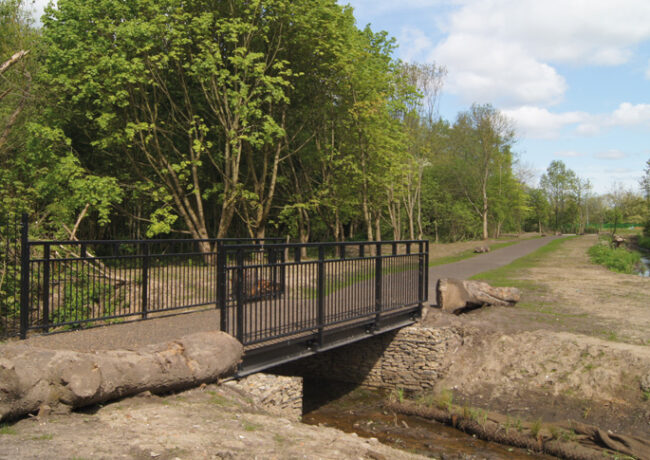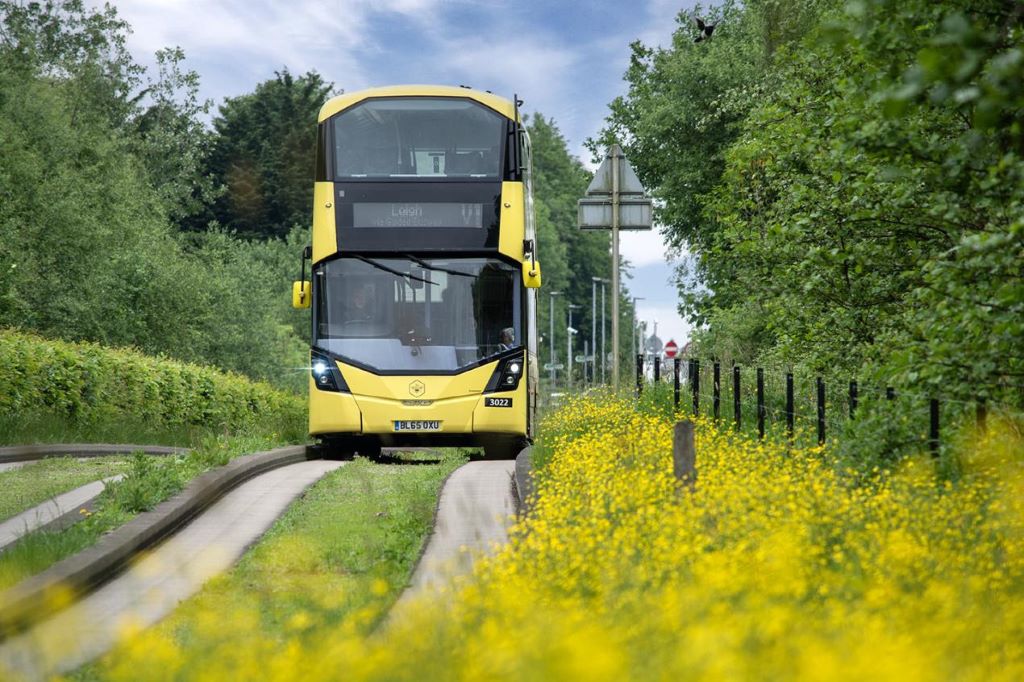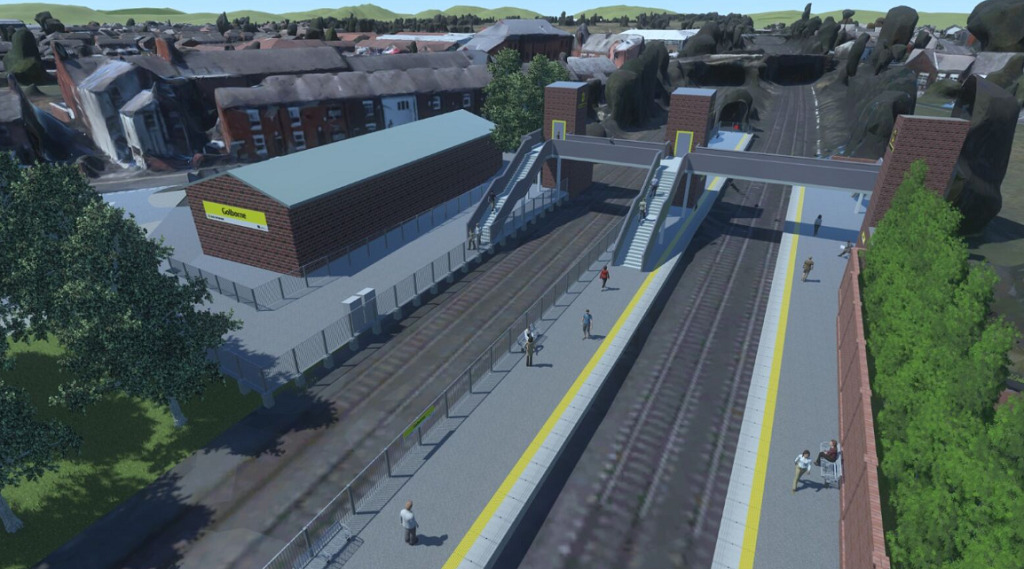More than 10km of cycling routes planned for Salford
Around 10km of cycle paths, including routes linking Swinton and Monton, are “ready to go” as part of an investment in cycling infrastructure across Salford and Greater Manchester, according to the designers behind the scheme.
Urban Vision, a partnership between Capita and Salford City Council, is currently delivering a £940,000 package of highways, cycling, and pedestrian route at five sites in the borough, working with contractor Galliford Try.
It has also worked on a series of towpaths, pedestrian routes and cycle path improvements across Salford, and will deliver around 28km of new and improved infrastructure by the end of 2018.
The partnership is now looking at the next phase of investment, with a series of routes worth around £500,000 each being examined. Feasibility studies have already been completed for a number of potential schemes, according to Andy Stockton, associate director at Urban Vision.
Speaking to Place North West, Stockton said “the sky’s the limit” for more cycle routes across the borough, dependent on securing funding. A number of feasibility studies have already been backed by the council, but the schemes often require Section 106 or growth deal funding to get off the ground.
If the funding is secured, a number of routes, including a cycle path linking Monton and Swinton, are already fully planned. Stockton added there were “three or four” more major routes that would be looked at, subject to feasibility study funding.
It is estimated the new routes would cost around £450,000 to £500,000 each to build, and would take around 12 months from design to practical completion.
The route between Monton and Swinton has yet to secure funding to allow construction work to begin, but if the scheme secure the necessary backing, it is estimated that up to 10km of additional cycling routes could be added in the borough in the next two to three years.
The paths are being designed as arterial routes to help link the region’s infrastructure, including schools, business parks, regional town centres, and transport hubs. The routes include the Port Salford Greenway, Roe Green Loopline, Tyldesley Loopline and Ellenbrook Loopline.
The Port Salford Greenway, which cost £1.3m, was completed this year and was delivered across two phases.
Other projects currently under way include the £2.7m New Bailey Gateway Project, which started in July 2017, which will improve highways and routes linking the New Bailey development with Manchester City Centre. The first phase is due to complete by the end of the year, while the second phase will start on site in spring 2019.
Urban Vision has also helped to work up a masterplan for Salford’s Greengate, which will include a public park and boulevard, alongside potentially five new high-rise towers. The company is working with masterplanner Feilden Clegg Bradley on the scheme.
Urban Vision’s plans follow a call on Friday from Chris Boardman, Greater Manchester’s cycling and walking commissioner, to invest £1.5bn to support a 15-point plan for improving pedestrian and cycling routes across the region.
The Made to Move report to the Greater Manchester Combined Authority called for a 10-year ring-fenced fund to bring the region’s spending on cycling and walking infrastructure in line with other major cities including London and Oslo.
The report outlines plans to publish a region-wide walking and cycling infrastructure plan, with each of the 10 boroughs collaborating to provide a joined-up outline of how to improve routes by 2018.
This will include developing a new highway design guide, and delivering temporary street improvements to trial new schemes in local communities.
The report also argues investment in cycling and pedestrian infrastructure, including increased safety measures and better design, will cut deaths from road accidents and air pollution.
It estimates that more than 600 people are killed or seriously injured on the region’s roads each year, while 10 people die per day from an air pollution-related illness.
Boardman said: “My proposals, the product of many months of work, will ease congestion on our overcrowded roads, improve our general health and wellbeing and help us breathe cleaner air in a greener city-region.
“It will require significant support but the decades of improved living that we, our children and grandchildren will be able enjoy will make it worthwhile.”
The report has been backed by Greater Manchester Mayor Andy Burnham, who added: ““Chris has identified the need for substantial investment in our cycling infrastructure and in response, we are aiming to create a challenge fund of around £50 million a year from 2019 to 2021, which will be able to be accessed by our 10 districts if they are building to the required standard and meeting part of the costs.
“This will go a considerable way towards meeting the required funding challenge and we will provide initial funding next year to get things going.”
Greater Manchester has already made significant investments in new cycling infrastructure as part of its Cycle City project. Schemes already completed under the initiative include a £1.4m upgrade of cycle paths along the Ashton Canal towpath and links into Ashton town centre, as well as the Wilmslow Road cycleway.
However, Place North West reported earlier this year that the second phase of Cycle City had been delayed, with construction work due to start around four months late.
The £22m second phase includes £1m towards improving cycling infrastructure in the city centre, around the Northern Quarter and its connectivity to Piccadilly and Victoria stations.
Proposals also include a cycle path linking the Trans Pennine Trail with the city centre via Chorlton.
Manchester City Council said it would be publishing project and consultation timescales for phase two “in due course”.
A report by Transport for Greater Manchester and charity Sustrans also found that 76% of people in the city region backed more investment in cycling.
The survey of 1,100 people across the region showed 65% of respondents calling for more physically separated on-road cycle lanes, and that 77% of respondents felt cycling safety needed to be improved across the region.
Only a third of respondents supported more shared pavements, while 44% backed more on-road painted cycle lanes.




